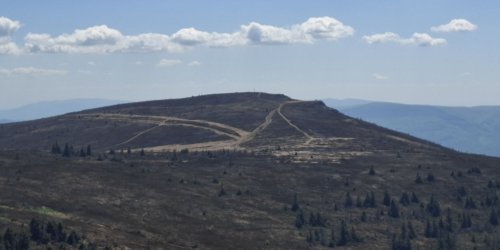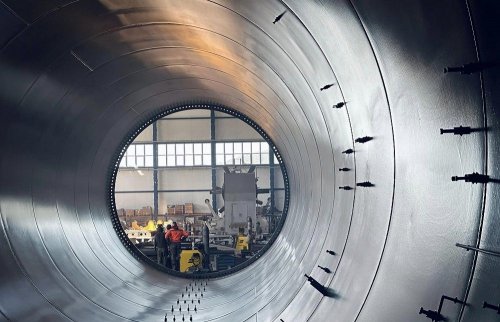In the wind industry, turbine prices, which have been systematically declining for more than a decade, have reached 2014 levels.
Wind farm developers expect this to reverse the trend of declining wind energy costs that has driven its expansion, informs Bloomberg.
Producers are being hurt by high raw material and logistics costs, changes in key clean energy subsidies, years of pressure on turbine prices and an arms race to build ever bigger machines.
Wind power is seen by businesses and governments as the key to slowing climate change. To limit warming to 1.5 degrees Celsius, the world will need to start adding about 390 gigawatts of wind farms a year by 2030, according to the International Energy Agency. However, only about a quarter of that amount was added in 2021.
“What I see is a colossal market failure. The risk is that we are not on the path to net zero, and the other risk is supply chain contracts, not expansion,” said Ben Beckwell, CEO trade group Global Wind Energy Council
Challenges to US and European companies could have geopolitical implications as Chinese competitors expand beyond their home market.
Western producers plan to compete for fewer projects in fewer markets, raise prices, streamline product mixes and cut production costs to support their profit margins. This should make renewable energy more competitive.
The pandemic has disrupted supply chains and increased material and shipping costs for the wind industry. Also since the mid-2010s, governments have begun withdrawing subsidies and tenders for renewable energy developers, fueling pressure to lower turbine prices.
The wind power market is limited in permits for new projects, usually including federal planning and local approvals. This process is also influenced by people who do not want to see giant structures on the horizon.
This dynamic has put pressure on profits as turbine manufacturers have invested heavily in larger turbines that can capture more wind. These more powerful machines helped reduce the cost of wind power, but their implementation came at a cost to manufacturers.
The industry is also facing an unstable channel of work ahead, with little incentive to increase investment.
“The risk is that we will not have an increase in suppliers. We will have a shortage of supply to meet global demand,” said Martin Neubert, Commercial Director Orsted AS , the world's largest developer of offshore wind farms
A slowdown in US turbine production could weaken the country's energy independence. Already, it is counting on Chinese manufacturers for a large part of its solar panel supply, which has led to trade tensions between the countries.
Competing Chinese companies such as Xinjiang Goldwind Science & Technology Co., Envision Group and Ming Yang Smart Energy Group Ltd. see opportunities in the windmill market and plan to invest in factories overseas to gain market share.
For example, Siemens Gamesa said it was tracking minus 4% profit, and orders in the second quarter fell to the lowest level since the company's inception in 2017.
Troubles in the wind segment have caused GE Renewable Energy to abandon its goal of returning to breakeven in 2022 after the division recorded about $2.3 billion in operating losses since 2019. GE now expects the division to "close to break even" in 2023.
Analysts expect the division to lose about $370 million when the conglomerate reports first-quarter earnings, according to data compiled by Bloomberg.
The report noted that after a big push in wind farm construction, the global installed wind capacity in 2020 exceeded 742 megawatts after being less than 100 gigawatts as of 2007. At the same time, the price of electricity generated by wind farms has steadily declined.
This was facilitated by manufacturers running ever larger turbines, which meant that it was cheaper to develop, build, and maintain projects.
Scott Strazik, GE's energy business manager, explained that the industry needs to slow down the turbine "arms race" and introduce more standardization into its product line so that manufacturers and suppliers can produce turbines faster and more efficiently at scale.
Recall Vestas announced increasing pressure on the wind industry because of the war in Ukraine.
As EcoPolitica reported earlier, last year wind and solar energy generated record 10% of the world's electricity.





